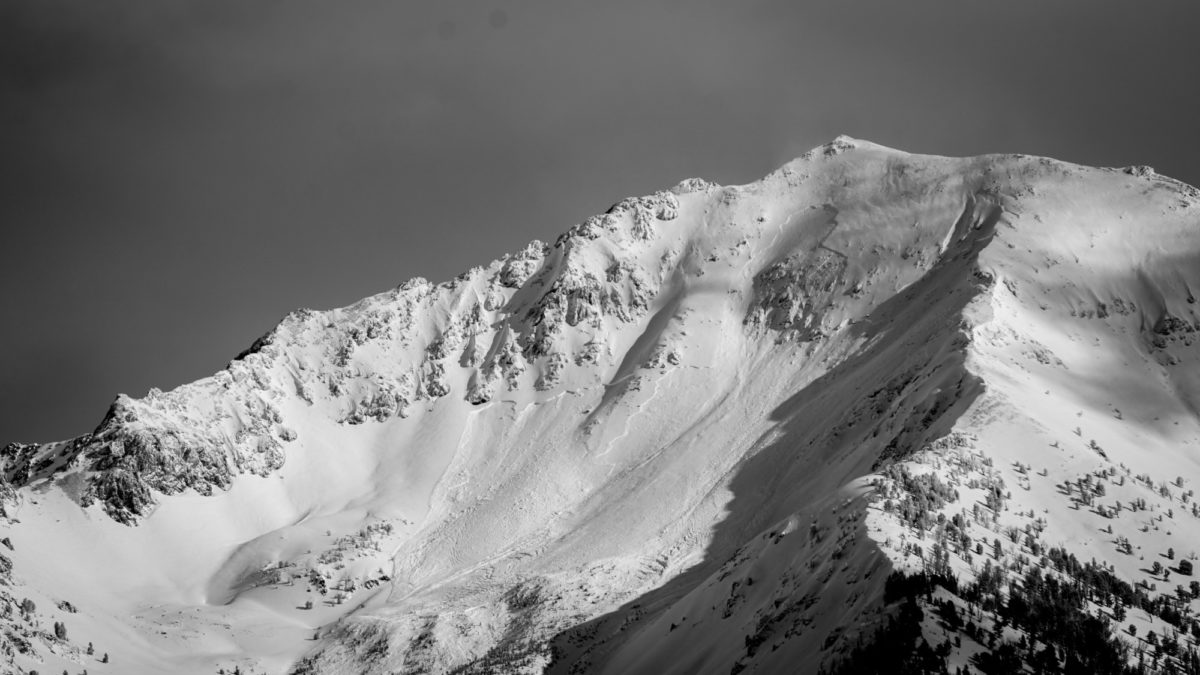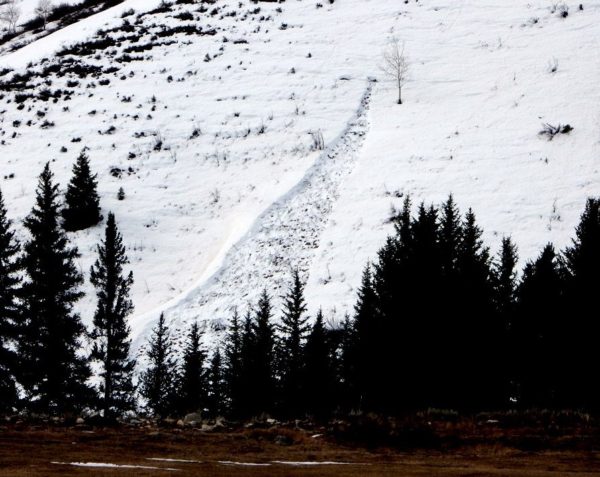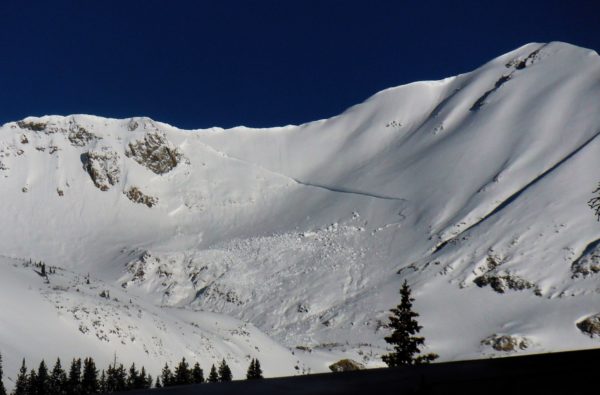A mass of snow sliding, flowing, or tumbling down a slope.
Avalanches can quickly reach speeds up to 100 mph. They vary in destructive power from harmless to large enough to destroy mature forests or flatten villages. On average, avalanches kill about 40 people per year in North America. Because avalanches come in wide varieties, we use ’Avalanche Types’ and ‘Avalanche Problems’ to classify and describe them.
Avalanche Types are used to classify avalanches based on physical, objective, and easily observable characteristics. Avalanche Problems describe the avalanche hazard situation and are composed of the type, location, likelihood, and destructive size of expected avalanches.
Confused about the difference between avalanche type and avalanche problem? To use a weather analogy, “rain” is a precipitation type, whereas “isolated rain showers” or “prolonged heavy downpours” are precipitation problems. Even though both situations would result in the same precipitation type, you would plan your day outside differently depending on the expected precipitation problem.


